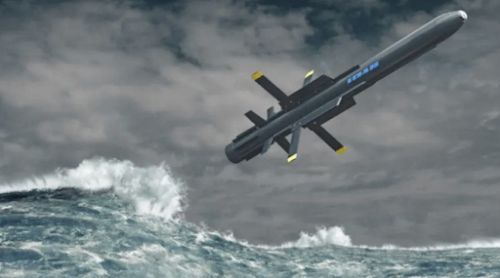What's new in M51.4 — Range, accuracy, Deception PRO
France has officially launched mass production of the upgraded M51.4 strategic missile. This is not just an upgrade, it is the next step in the development of its independent nuclear deterrent. The missile was created by ArianeGroup and is designed to arm future third—generation nuclear submarines, the SNLE-3G.
The main improvements are increased range, increased accuracy of hitting and advanced means of overcoming missile defense systems (ABM). It is expected that the M51.4 will be able to fly confidently beyond 9,000 km and at the same time accurately hit targets, even if modern radars and interceptors are deployed around them.
ArianeGroup and €7.5 billion for strategic deterrence
The development and production of the M51.4 is part of a large—scale program estimated at 7.5 billion euros. All engineering work is carried out by ArianeGroup, a key player in the French space and defense industries. This is not only a matter of technology, but also of sovereignty: France does everything on its own, without dependence on other countries.
Such investments show that the nuclear shield remains an absolute priority for Paris.
For new third generation submarines
The M51.4 will be in service with the new SNLE-3G submarines, which will replace the current Le Triomphant-class fleet. These boats will become quieter, more autonomous and more technologically advanced. And together with the M51.4, they will provide France with the opportunity to keep warheads in the ocean — always ready, always invulnerable.
A submarine with such missiles can spend years on covert patrol, remaining the main trump card in strategic calculations.
Why France is not lagging behind in the nuclear technology race
While other countries are also modernizing their arsenals, France is consistently following its own path. The M51.4 is not a response to a specific threat, but part of a long—term strategy: to be able to inflict "unacceptable damage" on any aggressor, wherever it may be.
It's not about the war. It's about not having a war.
Sources
- Building-Tech.org — M51.4 ICBM: >11 000 km range, high accuracy, ABM-evasion, SNLE-3G fit, €-billion programme
- UNIAN.net — France launches M51.4 development, €7.5 bn cost, longer range & improved ABM penetration
- Armiya.az — M51.3/4 roadmap, MIRV payload and technical specs
- Integral-Russia.ru — Evolution of French nuclear doctrine and M51 warhead options
- Flot.com — Production start date for M51.4 announced
- Overclockers.ru — M51.4 development overview and future prospects
- ProGuns.ru — Details on the new French intercontinental ballistic missile M51.4
- Interfax — Official: new-generation SLBMs to arm SSBNs starting late 2025
































.jpg)
